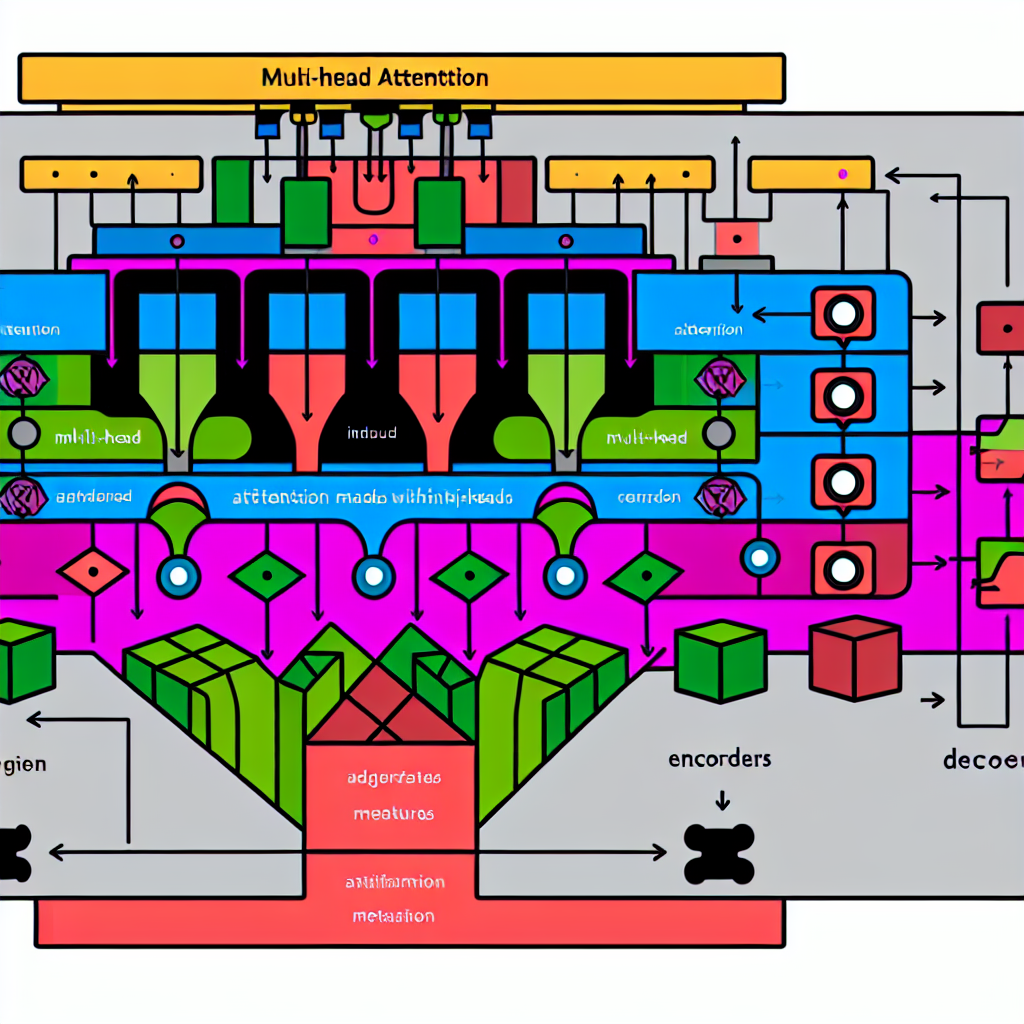Low-Code Generative AI Tools: Advanced Insights for 2025
In the rapidly evolving landscape of artificial intelligence, the emergence of low-code generative AI tools is transforming how businesses approach development and innovation. By 2025, these tools are poised to democratize AI, making it accessible to users without extensive coding expertise. This accessibility addresses a critical pain point—bridging the gap between complex AI capabilities and user-friendly platforms. In this article, we will explore how low-code generative AI tools are reshaping industries, delve into their advanced applications, and discuss future trends.
Benefits of Low-Code Generative AI
Low-code tools simplify AI development by offering drag-and-drop interfaces, pre-built components, and intuitive workflows. This approach significantly reduces development time and costs, enabling faster prototyping and iteration. For AI and data science professionals, this means more time can be dedicated to refining models and less on tedious coding tasks. Moreover, businesses can quickly adjust to market changes without overhauling their entire technical infrastructure.
The accessibility of these tools empowers non-developers, including business analysts and marketers, to leverage AI in decision-making processes. This democratization fosters innovation, as more diverse ideas can fuel AI projects. In combination with a strong foundational understanding of AI concepts, professionals can enhance their skills rapidly, contributing to organizational growth and personal career advancement.
Applications Across Industries
Low-code generative AI tools have far-reaching applications across various sectors. In healthcare, they enable the rapid development of diagnostic tools, predictive analytics, and patient engagement platforms. Companies like Healthcare.AI utilize such platforms to improve patient outcomes and streamline operations.
In the banking sector, these tools enhance fraud detection and customer service through intelligent chatbots. Platforms like Salesforce have integrated AI capabilities to boost customer relationship management, providing a seamless experience for both service providers and customers.
Emerging Frameworks and Platforms
The advancement of low-code platforms like Microsoft’s Power Platform, Google’s AutoML, and Appian is at the forefront of this movement. These platforms provide robust environments for developing AI-driven applications without necessitating traditional coding skills. They offer integrations with a variety of data sources and services, ensuring scalability and compatibility.
AutoML tools particularly stand out by automating the model selection and training processes, enabling users to focus more on strategic decision-making rather than technical configuration. The rise of these platforms reflects a growing trend towards artificial intelligence as a service (AIaaS), which is predicted to expand substantially in the coming years.
For more on automated machine learning, consider exploring Forbes’ insightful discussion on AIaaS.
Real-World Case Studies
One exemplary case is that of a retail company leveraging low-code AI tools to enhance their supply chain operations. By integrating AI with real-time data, they optimized inventory management, resulting in a 30% reduction in overhead costs. Similarly, a financial institution deployed AI-powered applications for predictive analysis, improving investment strategies and customer retention.
These cases underline the accessibility and practicality of low-code generative AI tools in solving complex problems quickly and efficiently, encouraging a shift towards more agile business models.
Future Prospects
As we look towards 2025, the integration of low-code generative AI in businesses will continue to grow. Key advancements are expected in AI ethics and transparency, ensuring responsible AI use. Additionally, the convergence of AI with other emerging technologies like IoT and blockchain will open new avenues for innovation and collaboration.
For AI professionals, keeping abreast of developments in these domains will be crucial. The demand for AI solutions that are not only innovative but also ethical and transparent will drive the next wave of technological progress.
FAQ
What are low-code generative AI tools?
Low-code generative AI tools are platforms that allow users to create AI applications with minimal coding, using graphical interfaces and pre-built components.
How do low-code AI tools benefit businesses?
They reduce development time and cost, empower non-developers, and enable rapid adaptation to market changes, fostering innovation and efficiency.
What industries can benefit from low-code AI tools?
Industries such as healthcare, finance, retail, and education can leverage these tools for various applications, including predictive analysis and customer engagement.
Conclusion
Low-code generative AI tools are set to revolutionize the field of artificial intelligence by making it more accessible and efficient. Professionals and enthusiasts alike must stay informed about emerging trends and applications to harness their full potential. As AI continues to integrate into every aspect of our lives, the importance of low-code tools will only grow. To remain competitive, subscribing to updates and continuously learning about these innovations is essential. Subscribe to our newsletter for the latest insights in AI and data science.



